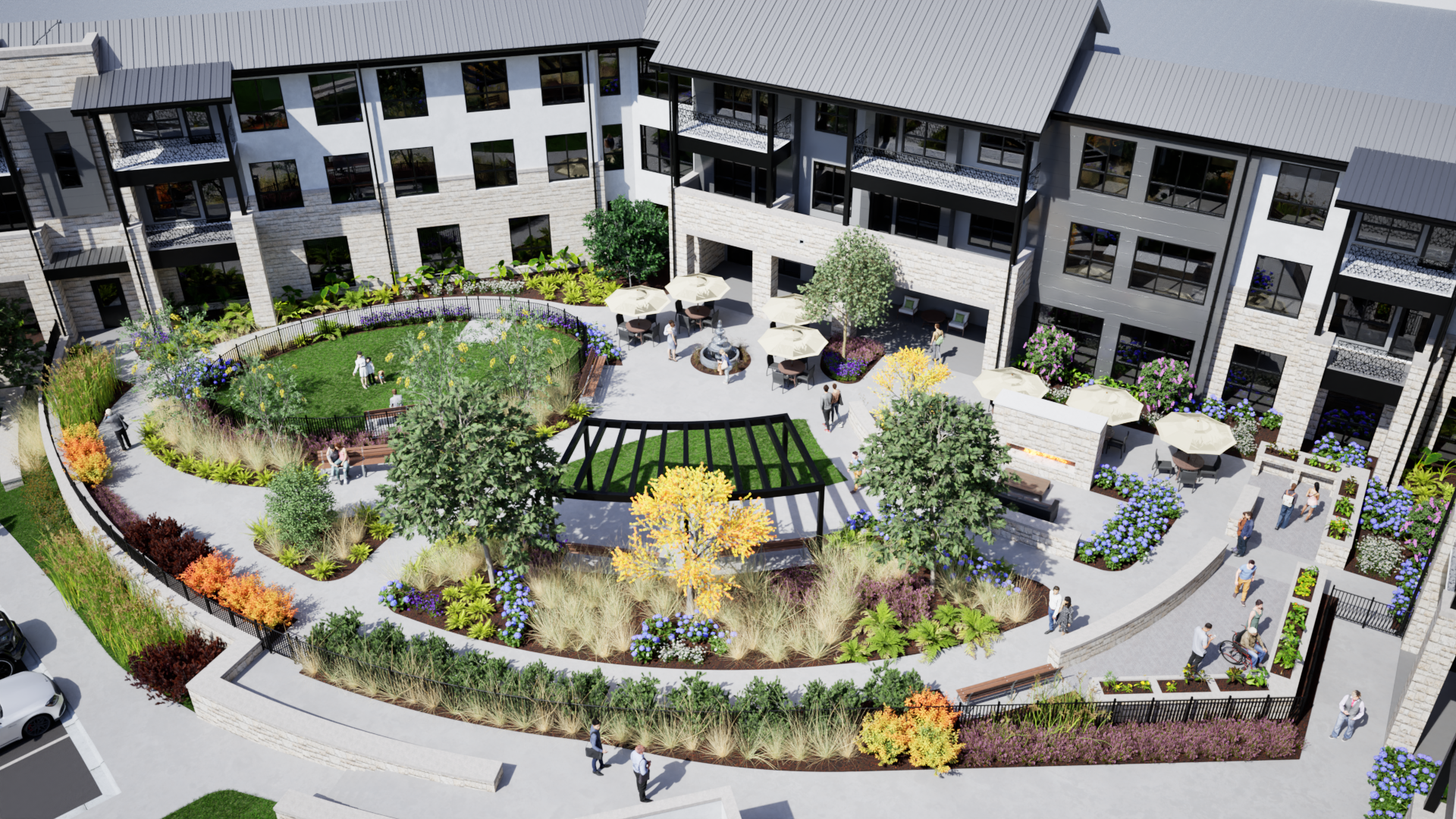6 Steps to Maximize Mitigation When Disaster Strikes
The Atlantic Hurricane season peaks on September 10th and with the recent experience of Hurricane Idalia fresh in the minds of residents along the coastline of Florida, it becomes a time to reflect on how to prepare for intense storms, including senior living owners and operators. However, even if hurricanes are not a concern for your area, natural disasters are happening more frequently everywhere, and everyone needs to be prepared. This will not only help protect your residents and staff, but it can also rescue your bottom line. Thinking about how a natural disaster can affect your facility or site now before it happens, can ensure a better response when it does. Start by considering these six points:
1. Planning a new build? Understand where high-hazard zones are in your area and what ordinances have been written. This may even impact renovations. Check the FEMA flood maps in your area, your location may have been deemed in a flood zone. We have worked with existing communities that need to expand or add units to be sustainable, however, they can not because the property is now in a high-hazard zone as determined by FEMA flood maps. This not only can impact your ability to build or expand; it can significantly impact flood or other insurance premiums or make it impossible for you to obtain a policy.
2. It is not enough to have generators. It is important to make sure they are well maintained, and you have adequate fuel. They also are required to have hardened enclosures around them in many states. Know what your generators are capable of and keep them ready to go when you need them.
3. Expect the unexpected and plan for it. Think you don’t have to worry about earthquakes because you’re in Maryland and not California? There is a fault line from Florida to DC, and there was a tremor that was felt up the East Coast several years ago. Before building, talk to the architect and a structural engineer about ways to protect your buildings from a range of possible natural disasters. Devastation may only be an event away, and we can assist you in assessing your needs.
4. Do not forget utilities. Gas line breaks have become common in some locations because of seismic activity, and tornadoes are happening across the country, downing power lines and cell towers. We are actively planning for better ways to help keep your community running if disaster strikes. In the meantime, take time to establish relationships with your local utilities’ executives. Make sure that your community is prioritized for the restoration of services after a disaster
5. Understand and embrace available technology. Generators can be helpful, but they’re not a panacea. Look at opportunities to use bi-fuel generators, solar technology, and the possibility of having your own on-site power and waste treatment facilities. Keep systems less centralized and more localized.
6. Talk to your insurance providers about ways you might be able to lower premiums or increase coverage without breaking the bank. Installing hurricane-resistant roofing and windows, removal of large trees close to buildings, and other actions may save you money now and expenses and headaches down the line.
The key to disaster planning is mitigation. What can you do to help limit the impact of a hurricane, tornado, fire, ice storm, or other disaster? This can be daunting, but you do not have to do it alone. Disaster planning is a team effort, so engage your local, state, and federal disaster agencies and know what disaster relief programs you might be eligible for. You cannot plan for everything, but you can minimize the surprises.
Some costly investments may be required; however, for every $1 spent according to the National Insititute of Building Sciences on average saves $6 on federal mitigation grants. At the same time, safer, sturdier buildings can possibly prevent injuries from flying debris or slips and falls due to ice or standing water.
The good news is that not all disaster prevention efforts have to be costly. There are some lower-cost hacks such as waterproof coatings added to exterior walls or watertight shields over windows and other openings where allowed. Also, it can save some headaches and heartaches to survey the ground periodically and identify things like gutters that need to be cleaned, trees that need to be trimmed or removed, and loose awnings or shutters.
Contact us here or call us at 512-231-1910










